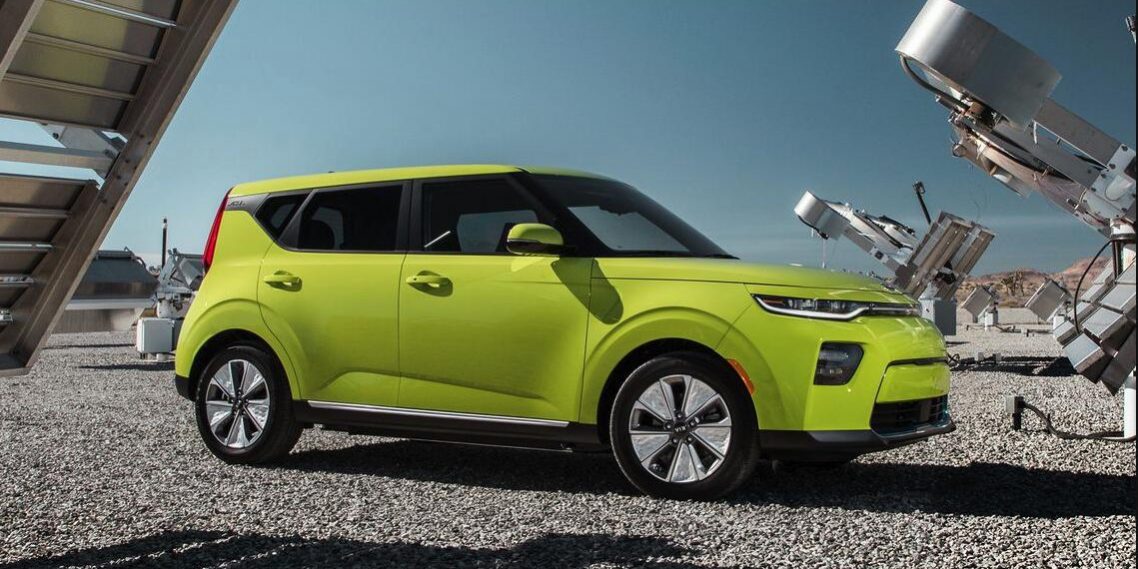While the old Soul EV had a 30.0-kWh battery pack, the 2020 model has more than double the capacity, at 67.0 kWh. It also has nearly twice the horsepower and torque, with the front-mounted motor rated at 201 horsepower and 291 lb-ft of torque, up from 109 horsepower and 210 lb-ft. No performance figures have been given, but Kia says that drivers of the new Soul EV “will feel like a virtual Aladdin.” Independent rear suspension is new, adding to what Kia calls a “magic carpet ride.”
Kia also hasn’t released any range estimates for the Soul EV; the brand says the new battery is being tested by the EPA, with results expected in early 2019. The Hyundai Kona Electric, with which the Soul shares its platform and powertrain (but with a battery that’s 4.0-kWh smaller), is rated by the EPA at 258 miles of range. The outgoing Soul EV is rated at 111 miles, making it one of the currently available electric cars with the lowest range, so any improvement will be welcome.
The Soul EV has four driving modes-Eco, Eco+, Comfort, and Sport-that adjust the powertrain power and response, the HVAC system, and more to suit driving conditions and optimize efficiency. The regenerative-braking system has four settings that are controlled with paddle shifters, but there also is a Smart setting that automatically adjusts the regen based on the vehicle in front of the Soul.
Compared to the regular Soul, the EV has its own front and rear bumpers, a charging port and a more closed-off grille, LED lights in the chrome front unibrow, and aerodynamically styled 17-inch wheels. The Soul EV has a rotary shifter unique to the model. A 10.3-inch touchscreen infotainment system is standard, with integrated features for such tasks as monitoring charging, scheduling charge times, and planning routes. A new Designer Collection trim level adds special two-tone paint schemes, “animal free” premium upholstery, and heated front seats.
Also standard on every Soul EV is a long list of active-safety features, many of which are options on the standard Soul. Adaptive cruise control with stop-and-go capability, forward-collision warning, lane-keeping assist, lane-departure warning, and automated emergency braking are all included; blind-spot monitoring, rear cross-traffic alert, and rear parking sensors are optional.
The Soul EV goes on sale next year. Pricing hasn’t been announced, nor has state-by-state availability. The current Soul EV is only offered in a dozen states: California, Connecticut, Georgia, Hawaii, Maryland, Massachusetts, New Jersey, New York, Oregon, Rhode Island, Texas, and Washington.







